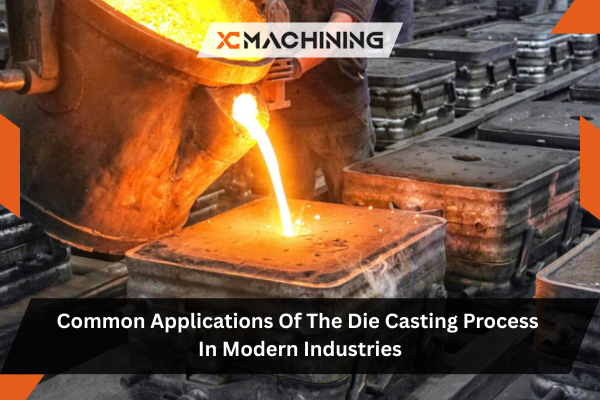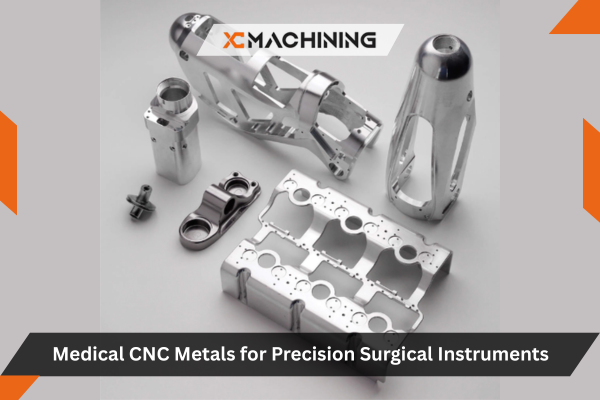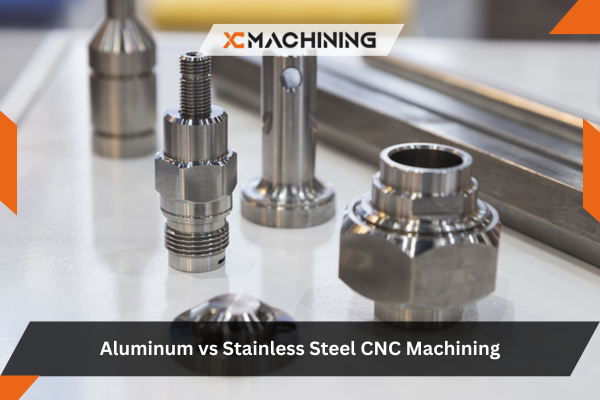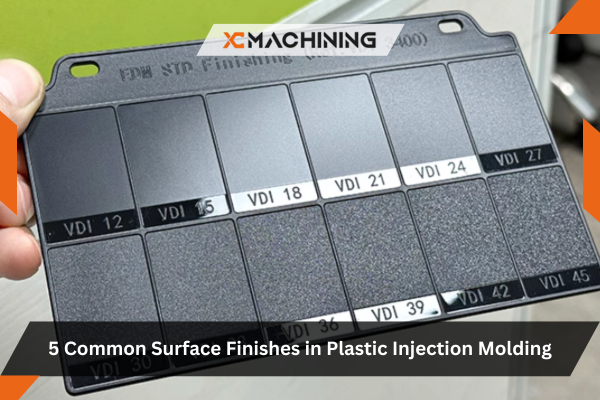Have you ever wondered how so many metal products, from car parts to tiny electronics housings, are made so quickly and precisely? You’re not alone. It can be confusing to figure out which manufacturing method makes parts so consistent in size and shape. Enter the die casting process.
When you need metal components with consistent dimensions, the die casting process is an excellent option.
In this article, we’ll explain how die casting evolved, compare various types and alloys, explore major industry applications, and even look ahead at future trends. By the time you finish reading, you’ll see why the die casting process remains a favorite for producing robust, reliable parts.
The Early Days Of Die Casting Process
Die casting began in the 19th century, primarily for printing industry tools. Over time, inventors refined the technique, using molds and high pressure to shape molten metals. This approach gained popularity as it produced parts with uniform quality. Today, the die casting process caters to countless modern industrial demands.
Pioneering Experiments
Early experiments involved manual ladles pouring molten lead into rudimentary molds. Engineers quickly realized that adding external pressure yielded neater, denser parts. Despite limited technology, these humble roots laid the groundwork for advanced machines that now produce complex shapes with minimal human intervention.
Rise Of Industrialization
During the Industrial Revolution, factories sought faster ways to make metal bending
components. Traditional methods, like sand casting, had limitations. As mechanized production soared, die casting machines evolved. These machines accelerated part-making, boosting industries such as printing, appliances, and, eventually, the booming automotive sector.
Modern Advancements
With time, materials like aluminum and zinc replaced heavier metals. Automated systems improved efficiency, allowing seamless mass production. Digital controls now monitor temperature, pressure, and mold alignment. Modern die casters can fine-tune every aspect, ensuring the die casting process meets even the toughest specifications.
What Is Die Casting?
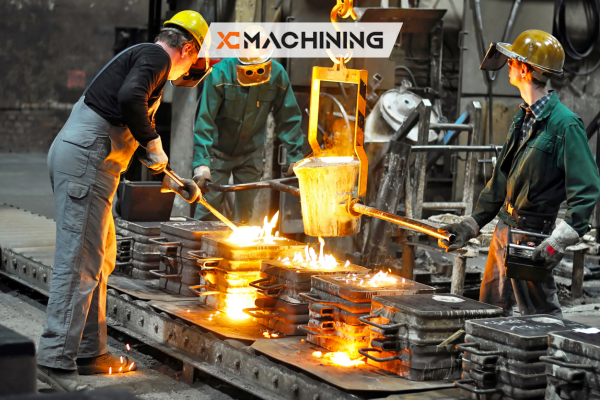
Die casting process is a metal shaping method where molten metal is injected into a hardened tool steel mold. High pressure holds the metal prototypes in place until it cools and solidifies into the desired shape.
In many ways, it’s like baking cookies. You have a mold (the cookie cutter); you pour in the batter (the molten metal) and let it form before removing the final shape. The difference is that die casting employs specialized machines and can reach extremely high temperatures and pressures.
Why Choose Die Casting?
Companies pick the die casting process for several compelling reasons:
- Dimensional Accuracy: Parts emerge with tight tolerances, reducing finishing steps.
- Surface Finishes: The steel mold offers smooth surfaces, sometimes even near-polished.
- Speed: Automated machines produce parts swiftly.
- Material Efficiency: Scrap can often be recycled back into molten metal.
- Longevity: Die-cast parts are known for their durability and consistent performance.
If you want a technique that combines speed, precision, and versatility, die casting and sheet metal frequently takes the lead over options like sand casting or forging.
Common Die Casting Alloys
Different metals offer unique strengths, costs, and finishing characteristics. Let’s take a closer look at popular alloys used in the die casting process.
| Alloy | Density (g/cm³) | Melting Point (°C) | Typical Tensile Strength (MPa) | Key Properties | Common Applications |
|---|---|---|---|---|---|
| Aluminum | ~2.7 | ~660 | 90–310 | Lightweight, good strength-to-weight ratio, corrosion-resistant | Automotive engine blocks, electronic housings, consumer appliances |
| Zinc | ~6.6 | ~420 | 100–200 | Excellent fluidity, easily cast, supports thin walls, cost-effective | Small gears, connectors, decorative items, consumer electronics |
| Magnesium | ~1.74 | ~650 | 160–250 | Extremely lightweight, decent strength, good machinability | Aerospace components, automotive steering columns, power tools |
| Brass | ~8.5 | ~900–940 | 200–550 | High strength, wear-resistant, visually appealing surface finish | Plumbing fixtures, decorative hardware, musical instrument parts |
| Lead/Tin (rare) | ~11.3 (lead) | ~327 (lead) | 10–40 | Low melting point, easily formed, specialized use (e.g., low-temp fuses) | Seals, bearings, certain low-temp castings (e.g., fuse elements) |
Your choice often depends on the part’s function, required weight, corrosion resistance, and budget. For instance, aluminum is a favorite where strength and lightweight properties matter, such as car engine blocks or laptop frames.
Pressure Die Casting Methods
While all die casting process involves injecting molten metal into a steel mold, the pressure application can differ. There are two main forms: hot chamber and cold chamber methods. Each has distinct advantages and suits specific alloys.
Generally, hot chamber systems plunge the injection mechanism directly into the molten metal bath. Cold chamber systems pour the molten sheet metal prototyping into a separate chamber first. Let’s see why these differences matter in the die casting process.
Hot Chamber Die Casting
Hot chamber machines feature a reservoir of molten metal right inside the machine. A “gooseneck” mechanism draws the metal into the die when activated. Because the injection system is constantly in contact with liquid metal, the cycle times are quick.
- Common Alloys: Zinc, magnesium, and some lead-based materials.
- Advantages: Fast cycle, efficient for lower melting point metals.
- Limitations: Metals with extremely high melting points (like aluminum) can corrode the machine’s internal parts.
Did You Know? Hot chamber casting often excels at producing intricate shapes or thin-walled parts in large volumes, thanks to its rapid injection.
Cold Chamber Die Casting
In cold chamber systems, molten metal is ladled or poured into a separate “cold” chamber, and then a hydraulic piston forces it into the die casting process. This design isolates the machine’s injection components from the high-temperature melt, which helps when working with metals that might erode the mechanism.
- Common Alloys: Aluminum, brass, and sometimes magnesium.
- Advantages: Suitable for alloys with higher melting points.
- Drawbacks: Slower cycle times because you need to transport molten metal from a furnace to the casting chamber.
Cold chamber setups shine when producing sturdy aluminum or brass components, which often appear in automotive housings or aerospace fittings.
Design Considerations In Die Casting
A great design can streamline the die casting process, while a poor design can cause defects or unnecessary costs. Engineers carefully balance:
- Wall Thickness: Too thick and you waste material; too thin and the metal might not fill properly.
- Draft Angles: Slight tapers that help parts release from the mold.
- Ribs And Bosses: Internal reinforcements that add strength without extra weight.
- Fillets: Rounded corners reduce stress concentration.
- Gating System: Channels guiding molten metal into the cavity for smooth flow.
Adding these factors early in the design stage can save time and reduce rework. This also ensures a smoother transition from concept to mass production.
Automotive Applications
One of the most notable adopters of the die casting process is the automotive industry. Car makers need parts that are strong, lightweight, and repeatable in large numbers. Aluminum die-cast engine blocks are a prime example. They cut down on vehicle weight, improving fuel efficiency.
- Transmission Housings: These protect critical gears while maintaining structural integrity.
- Engine Blocks: Lighter than cast iron yet tough enough to handle intense heat and vibration.
- Wheels And Rims: Many sporty alloy wheels rely on robust die-cast aluminum.
With vehicles becoming increasingly complex, more assemblies—from dashboard supports to seat belt components—take advantage of die-cast metal for consistent quality.
Electronics & Telecommunications
When you think of electronics, you might picture circuit boards or plastic casings. However, die-cast components are vital in many gadgets. They offer shielding from electromagnetic interference (EMI) and provide robust housings for sensitive equipment.
- Smartphone Frames: Some smartphone bodies use die-cast metal for that sleek feel.
- Satellite Housings: Space-constrained designs demand maximum strength with minimal mass.
- Network Gear: Routers and switch housings often rely on metal enclosures to manage heat and protect internal parts.
Fact: Smaller connectors and cable end caps might also be die-cast, ensuring consistent dimensions and secure cable connections.
Aerospace Industry
Planes, rockets, and satellites require parts that weigh less but handle extreme conditions. Die casting’s precision matches well with aerospace demands.
- Engine Components: Turbine blades, housings, and brackets can be made from advanced alloys.
- Cabin Fixtures: Overhead compartments and seat frames may be die-cast to reduce overall plane weight.
- Avionics Housing: Sensitive flight instruments need robust, EMI-proof enclosures.
Because safety is crucial, aerospace manufacturers rely on strict quality control. Fortunately, the die casting process delivers consistently uniform parts that pass rigorous inspections.
Consumer Goods & Appliances
Walk around your house, and you’ll find plenty of metal casting items, often hidden inside gadgets. Their sturdy frames provide durability while keeping product weights manageable.
- Kitchen Appliances: Think blender bases or coffee maker handles.
- Door Hardware: Locks, handles, and decorative door trims.
- Bathroom Fixtures: Faucet bodies can be die-cast with decorative plating later added.
- Power Tools: Sturdy casings protect internal motors from drops and impacts.
Much of this success lies in die casting’s ability to create stylish, sleek surfaces. Manufacturers can even integrate logos or brand names directly into the mold for that premium look.
Quality Control & Inspection
No matter the industry, faulty parts can lead to returns, safety hazards, or brand damage. Quality control is vital at each stage of the die casting process.
- Dimensional Checks: Tools like calipers or coordinate measuring machines (CMM) ensure parts match blueprint specs.
- X-ray Testing: Used to spot internal voids or porosity.
- Leak Tests: Essential for fluid-handling parts, ensuring no hairline cracks.
- Surface Inspections: Identify cosmetic defects that might harm the brand image.
Watch Out: Even tiny air bubbles trapped during casting can weaken a part. Always maintain a thorough inspection routine to catch porosity issues early.
Combining automated and manual tests helps keep a tight rein on product consistency before shipping parts out.
Sustainability In Die Casting
In today’s eco-conscious world, how does die casting measure up? Fortunately, it has some built-in green qualities.
- Material Recycling: Scraps and rejects can be melted down again, minimizing waste.
- Energy Efficiency: Rapid cycle times can mean lower total energy consumption per part.
- Lightweight Solutions: For industries like automotive, lighter parts reduce fuel usage.
- Long Product Life: Durable components often need fewer replacements, lowering overall resource use.
While melting metal does require energy, continuous improvements in furnace technology and process controls keep pushing the die casting process toward greater sustainability.
Future Trends In Die Casting
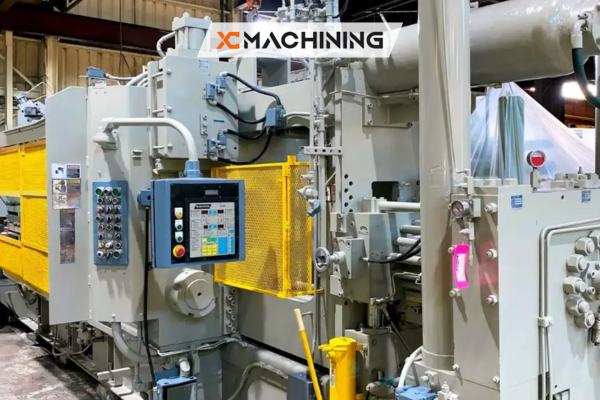
Technology moves quickly, and so does die casting. Let’s look at what’s on the horizon:
- Advanced Simulations: Software can now predict how molten metal will flow in the mold, helping tweak designs before production.
- 3D Printed Cores And Inserts: Hybrid processes let manufacturers create intricate internal shapes.
- Automation & Robotics: Robotic arms can handle ladling, part ejection, and inspection, boosting consistency.
- High-Strength Alloys: Research on novel metals with improved temperature resistance or stress tolerance.
As industries demand faster production and more complex designs, the die casting process will keep evolving to tackle new challenges.
Conclusion
The die casting process has proven its value time and again—be it in cars, smartphones, airplanes, or everyday household appliances. By injecting molten metal into steel molds under high pressure, manufacturers achieve parts with remarkable accuracy, strength, and speed. With design flexibility, a choice of alloys, and automated controls, it’s no surprise that countless industries rely on the die casting process for reliable, high-volume production.
If you’re exploring a manufacturing approach that merges performance with cost-effectiveness, die casting is well worth your consideration. As technology advances, we can expect even more impressive feats from this tried-and-true method of shaping metal.
FAQs
Can die casting handle large metal parts?
Absolutely. Some large machines can cast parts weighing several kilograms or more. However, extremely massive castings might be more practical with other methods like sand casting.
Is die casting expensive compared to other methods?
The upfront costs, especially for tooling, can be high. But if you produce many parts, the cost per piece drops significantly.
Does the process only work for metals with low melting points?
Not necessarily. Although metals like aluminum and zinc are most common, you can also die-cast magnesium or brass. The machine design just needs to match the metal’s melting temperature.
How are decorative finishes added to die-cast parts?
Surfaces can be plated, painted, or powder-coated. Die-cast pieces often have smooth finishes right out of the mold, making them perfect for additional treatments.
Can I incorporate threaded holes or inserts in die-cast components?
Yes, molds can include features like bosses or added hardware. You can also machine threads post-casting for more precision if needed.

